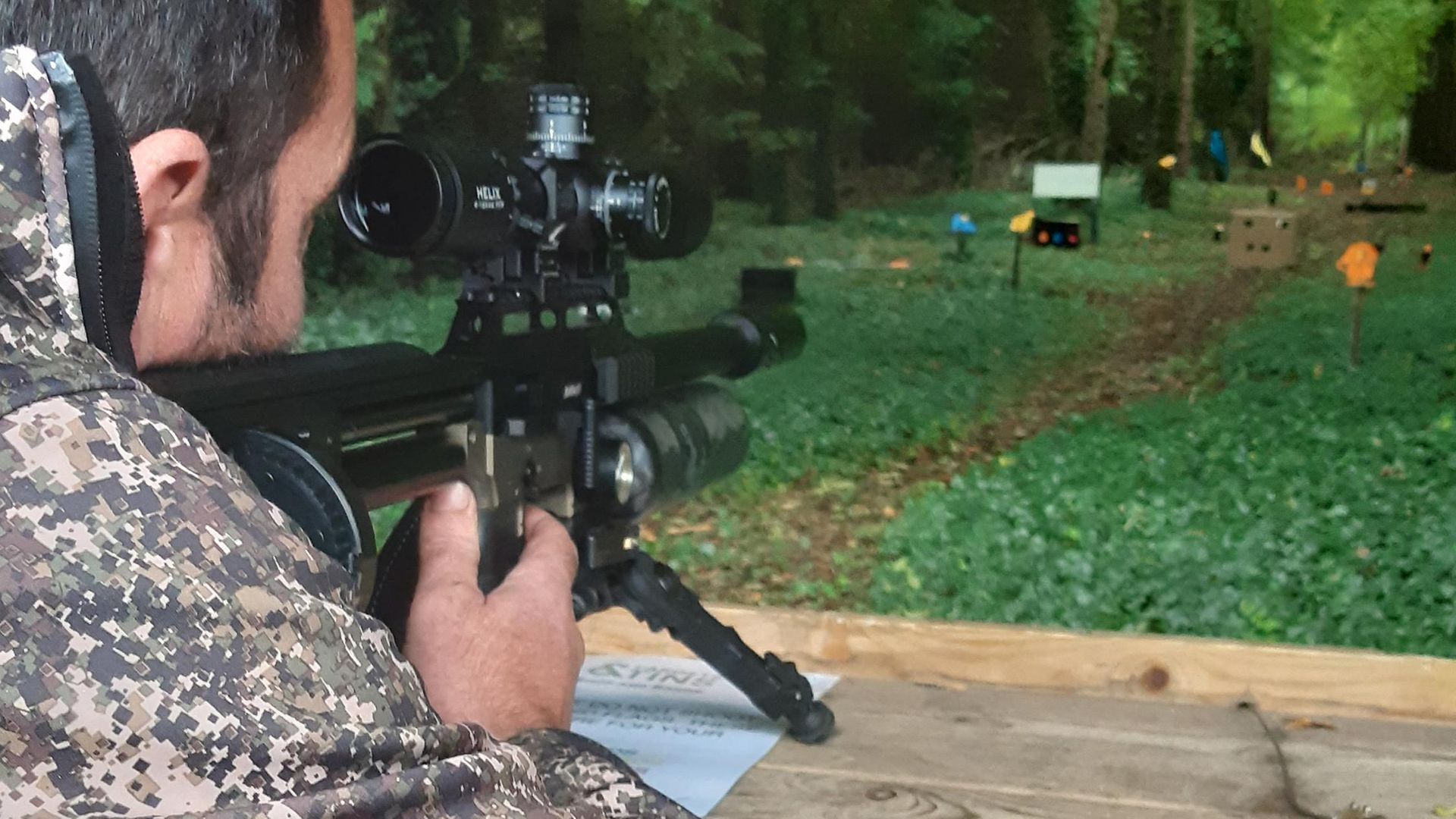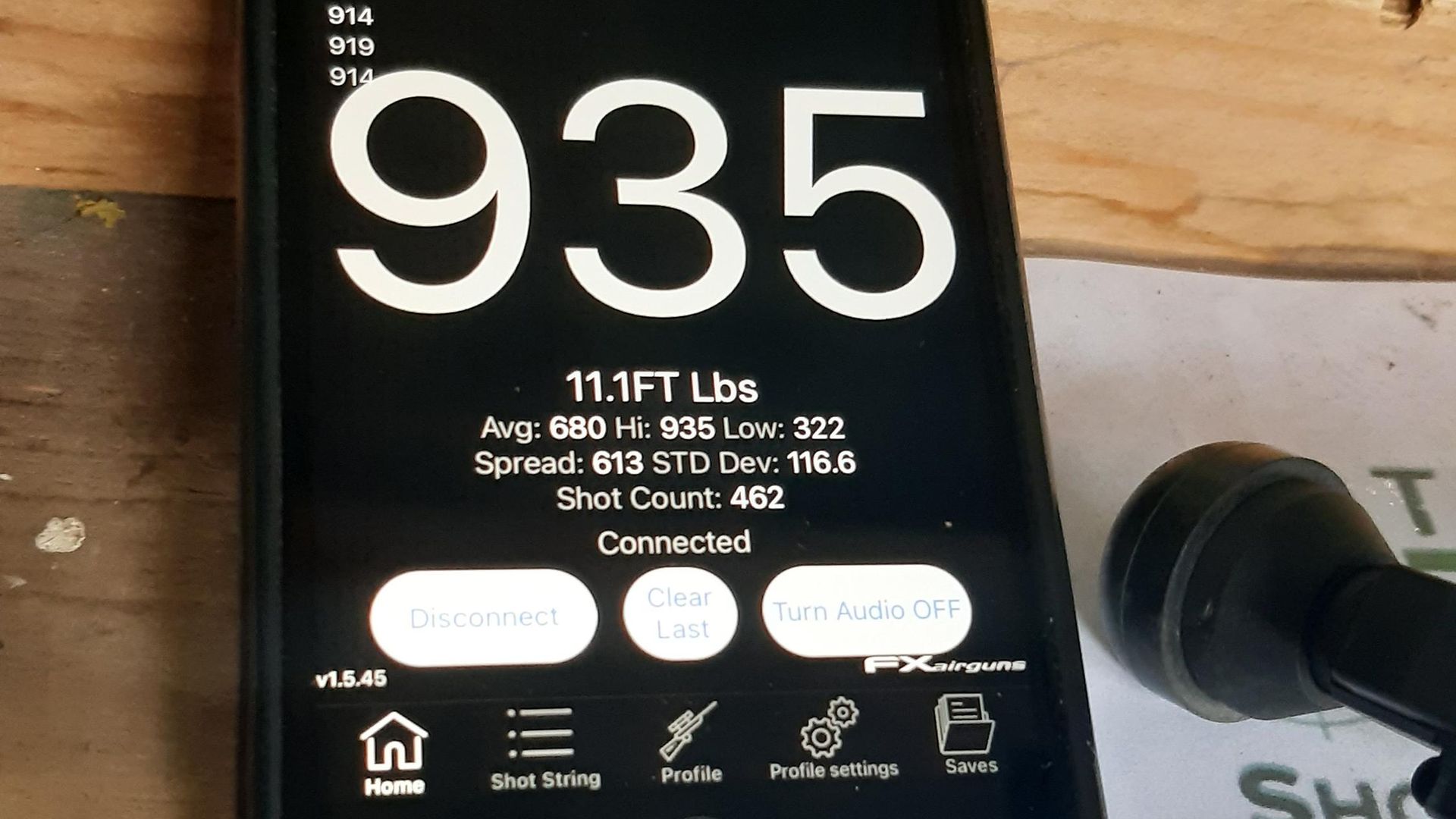Jamie Chandler tests a batch of pellets, with a decidedly green twist! Discover how lead-free airgun pellets perform in this review of the H&N Field Target Trophy Green...
The environment - a dangerous dinner table conversation to be avoided in mixed company, along with the old classics of politics and religion. I know this to my own peril because I was in just this situation last week, and the topic came up. On one side were the direct action, extreme couple; on the other a quite sceptical couple; and in the middle, four of us who had the view that yes, we all need to do our bit, but we have to find ways of doing that harmoniously because it doesn’t matter whether or not we recycle a milk carton if huge industrial nations aren’t prepared to budge. Holding an unpinned hand grenade whilst dancing on an alligator’s nose seemed a less unpleasant spot to be in – whichever way I went, I was doomed!
All that (recycled of course) tin hat requiring, dinner table debating aside, the evidence of the damage caused by homo sapiens to the land is pretty undeniable as we humans outgrow our playpen and the toys it has in it, and must now concentrate on how best to preserve it. As environmental issues are pushed ever toward the centre of our thoughts, individuals, businesses and countries are trying to figure a way through the minefield, to a place where a consensus can be found on what changes will do most and where.
We can see that in the peripheries of our own wider field sports community. For years, non-toxic shot has had to be used when wildfowling. More recently, the major fieldsports representative bodies came together and announced that all game shoots should be using non-toxic ammunition both to preserve the environment and to ensure the safety of the game taken to enter the food chain, thus reducing the arguments from anti-fieldsports groups about environmental damage and food safety issues. Non-toxic rifle ammunition is also now being pushed by both the industry and representative bodies, so all of this looks like we are starting to see a strong momentum in the move away from lead as a primary source of ammunition.
 credit: Archant
credit: Archant
Is airgun shooting adding to the environmental problem?
So what about us, the airgunners? Well, to my mind, we cause the least environmental damage of all the shooting disciplines. We would have to shoot about 15,000 pellets to create the same average amount of lead that is scattered by a team of 10 guns on a 150 bird-driven day, and even a deer stalker with a .243 rifle is shooting one 90-grain bullet to our five or six .22 pellets. I’d argue that we are certainly quite low on the lead emissions table, in comparison to most.
On the other side of the anti-lead argument is the potential contamination caused by lead shot to meat. Again, if a third of a shotgun cartridge’s 30g load of pellets strikes a game bird, that’s 10g – the equivalent of you or I shooting the same creature 10 times with a .22 pellet. Once in the noggin is all it takes to bag it, so again, our environmental impact is extremely light in comparison to others, but what if we wanted to reduce it more or negate completely the ultra-small risk from lead traces in game meat?
Well, this is where my love of investigation has recently revealed surprising results. You may remember that I recently hoodwinked Andy and Zoe at my local range, Targets and Tins, when I talked them into joining me, blasting away at some home-made ballistic gel, with different headed hunting pellets, to ascertain which left the biggest wound channel.
We used the H&N hunting pellet test pack and whilst the Crow Magnum, Hornet and Baracuda Hunter Extreme proved accurate and left an excellent wound channel in the ballistic gel, it was the eco-friendly Field Target Trophy Eco that proved the greatest surprise in our tests. Not only did it perform well in the gel, but it also grouped well at 25 yards, from Andy’s .177 FX Impact barrel.
 credit: Archant
credit: Archant
Testing the H&N Field Target Trophy Green pellet
So, another trip to the range on a blustery, early October day was on, to test the .177 H&N Field Target Trophy Green more thoroughly than just a few shots at one distance, and to see if we could actually be confident in using them out hunting.
The first thing to mention is just how light these pellets were and how fast they flew. Through the FX chrono’, the shiny little pellets of eco goodness were belting out at a whizzy 935fps at just over 11.1 ft.lbs., and according to the packet, weigh in at just 5.56 grains. This is pretty light compared to my standard .177 hunting pellet, the AA Field Diablo in 4.52, which comparatively weighs in at a chubby 8.4 grains, and meanders along at sedate pace of around 750fps from the muzzle. From this, we could deduce two things; that the pellets would fly even flatter than the already pretty flat flight of a pellet such as the .177 AA Field Diablo, which would be a bonus, but also that they could suffer in the wind, being so light.
After zeroing at Andy’s preferred 25 metres, we moved the target out to 30 metres and I have to say, Andy’s 10-pellet group certainly looked strong. In fact, it was great for any pellet, printing a one-hole group that would have happily fitted under a 20p. It took us a while to find any coins at all, but the pound coin we did find gives a good idea of the size of the group.
We then moved the target box to 35 metres and the 10-shot group changed shape, plumping out a bit, but still fitting just under the pound coin. In fairness to the H&N Field Target Trophy Eco, the breeze had picked up in the time it took us to reset the target, but still, these are acceptable results under any circumstance for a 10-shot group. We tried the pellets through my HW 77, but the results were awful, yet through the range’s rental HW100, the pellets performed well again. We would have pushed the target distance still further, but due to having just a tad too much fun, we shot the sample tube of pellets empty before we had a chance!
 credit: Archant
credit: Archant
Are eco friendly airgun pellets the future?
Apart from shooting targets for science, so you don’t have to, what can we conclude? Well, from what we’ve seen, from a bench and bipod and through a barrel they liked, the H&N Field Target Trophy Green work impressively well, far beyond my honest expectation and certainly well enough to take hunting.
Like all light pellets, they are more at the mercy of a breeze than heavier, traditional lead hunting pellets, but as seen, they are accurate enough and hard-hitting enough to deal with any UK legal airgun quarry, certainly out to 35 metres.
So, if you are thinking that maybe you want to consider the impact your shooting has on the land beneath us, or that you need an alternative to convince an over-precious guest or family member that hunted game is simply the best meat we can provide, then around £12.95 for an H&N Hunting pellet trial pack is worth it for the chance to experiment and see if Eco is the way forward for you.
 credit: Archant
credit: Archant